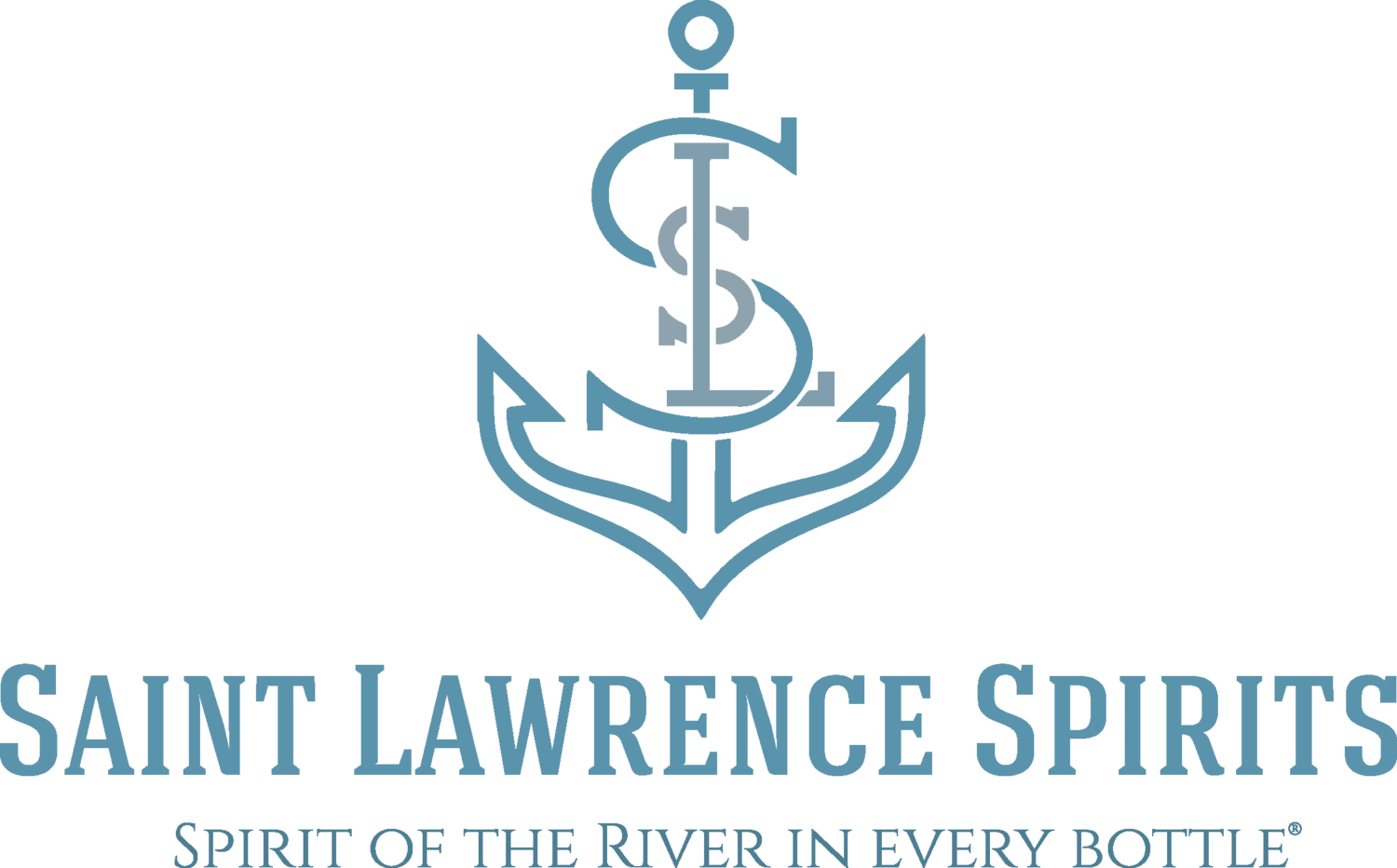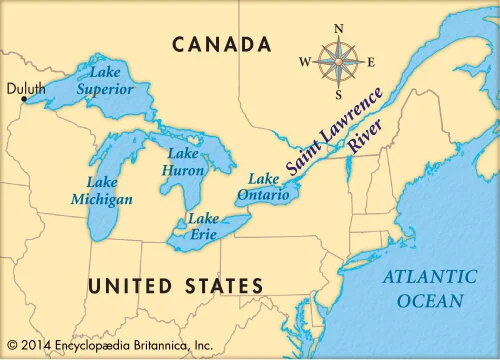St. Lawrence River: An Engineering Marvel
The Saint Lawrence River forms the international Canada-United States border between New York State, and Ontario, Canada and is of vital economic and hydrologic importance to both countries. It has been a major trade artery and transportation route connecting goods and consumers throughout history.
The first known European explorer to traverse the St. Lawrence was, Jacques Cartier in 1534, on his search for the Orient. He sailed through the Straights of Belle Isle, and found himself on the shores of the bay. He returned a year later and traveled the river as far as the Lachine Rapids (southwest of what is now Montreal) and discovered he could travel no further due to the virtually impassable rapids. The Saint Lawrence would serve as the main route for exploration to the North American interior and allowed navigation into the heart of the continent.
During the 1780s, the shallow canals were enlarged to allow passage of larger boats, and from 1817 through 1825, the Eerie Canal from Buffalo, New York to the Hudson River was constructed. After decades of working on a collaborative plan between the United States and Canada, the U.S. Congress finally approved the joint undertaking in 1954 to create the Saint Lawrence Seaway. The five-year construction project became the largest civil engineering feat ever carried out.
Rum Runners of the Saint Lawrence
The Saint Lawrence River, the prime way to transport goods to consumers into the heart of the continent, also became a pivotal way to move illegal alcohol during the prohibition. Between 1920 through 1933, many people made tapped into their entrepreneurial spirit and became what was known as “Rum Runners”. Rum Runners were those who used water to transport liquor, while
“bootleggers” were those who moved the illegal liquids across land.
Much of the alcohol that was seeping into the United States during the Prohibition made its way in through Canada via the St. Lawrence River under the cover of darkness. Rum running was a big business, stocking the secret illegal bars and speakeasies that were popping up all over the country. One single run could warrant several thousands of dollars profit, but it was risky.
Rum Runners had to be creative in order to outwit the law. Spirits would be hidden within hidden chambers, false bottom boats, or hidden inside goods such as sugar, toys, or even bibles. Even secret tunnels were constructed from boathouses to nearby barns so illegal cargo could be unloaded covertly. Secret complex communication signals were developed between the Rum Runners and their look-outs to help evade the law. Rum running was a short-lived business, however, just thirteen years into Prohibition, courts repealed the 18th Amendment, making it once again legal for sale and consumption.
Saint Lawrence Spirits: The Spirit of the River in Every Bottle
The St. Lawrence River is still a major transport for goods today, as well as a hot spot for tourists, too. Millions of people flock to the river each year for boating, fishing, water sports, and sightseeing. On top of this, the river is also used in other creative ways, too. For example, Saint Lawrence Spirits is the first distillery to use Saint Lawrence River water to create their award-winning spirits. The historic Fairview Manor in Clayton, New York is home to the distillery, which sits along the banks of the river. They pump and purify several hundreds of thousands of gallons of Saint Lawrence River water from their shore well to create Absinthe, Whiskeys, Vodka, Gin, Bourbon, and Moonshine, and adding the spirit of the Saint Lawrence River into every bottle.


